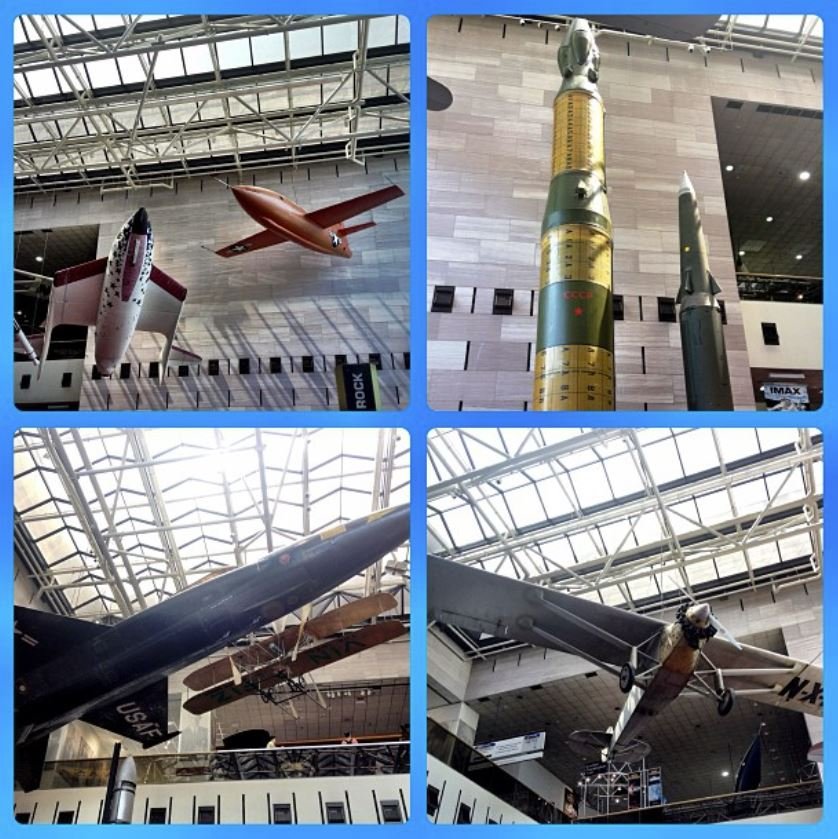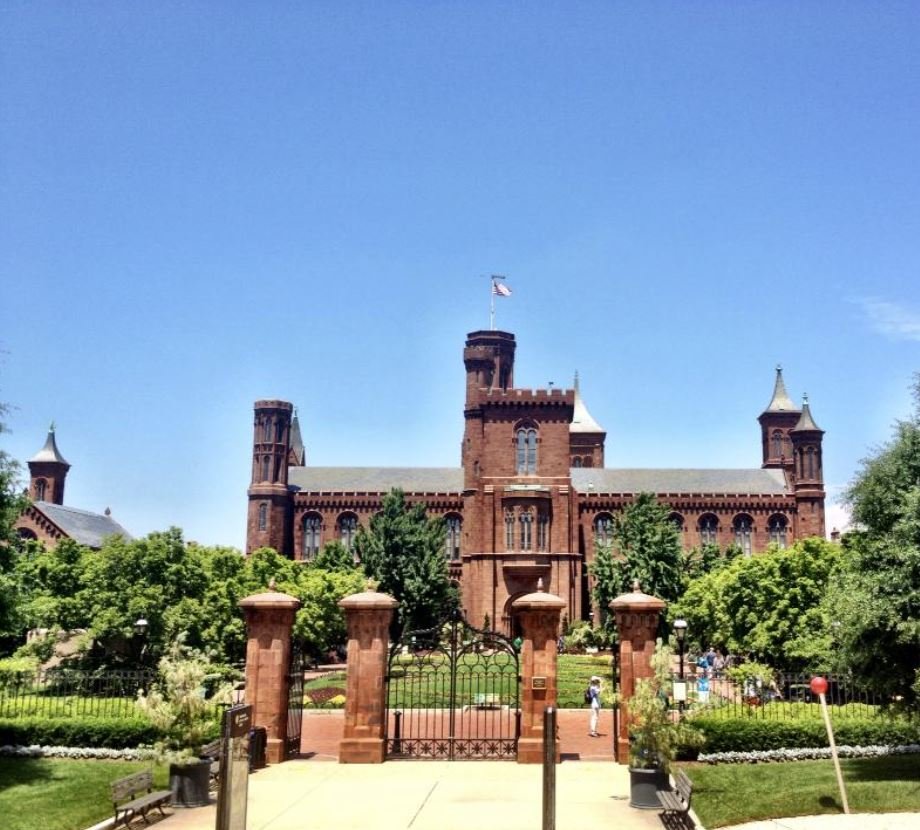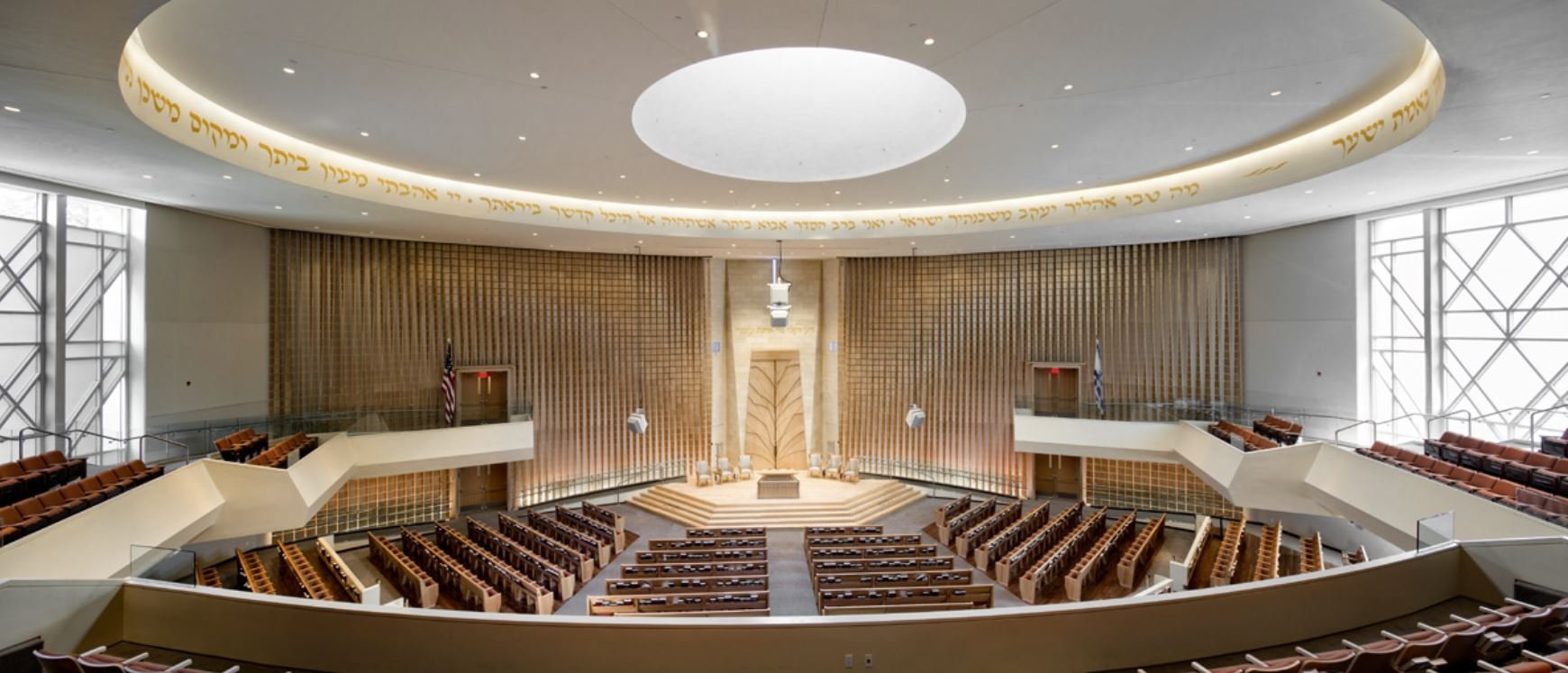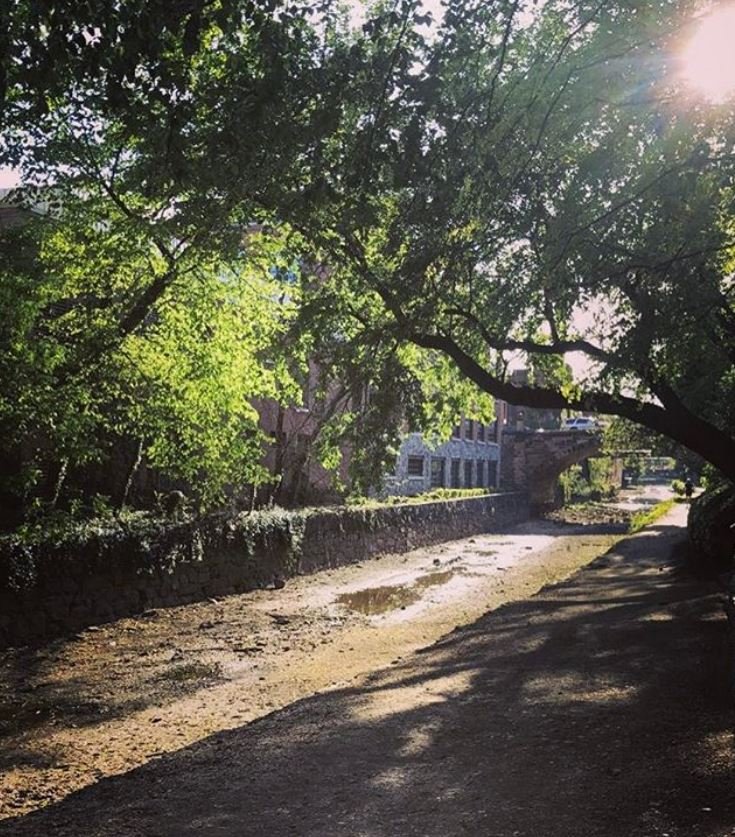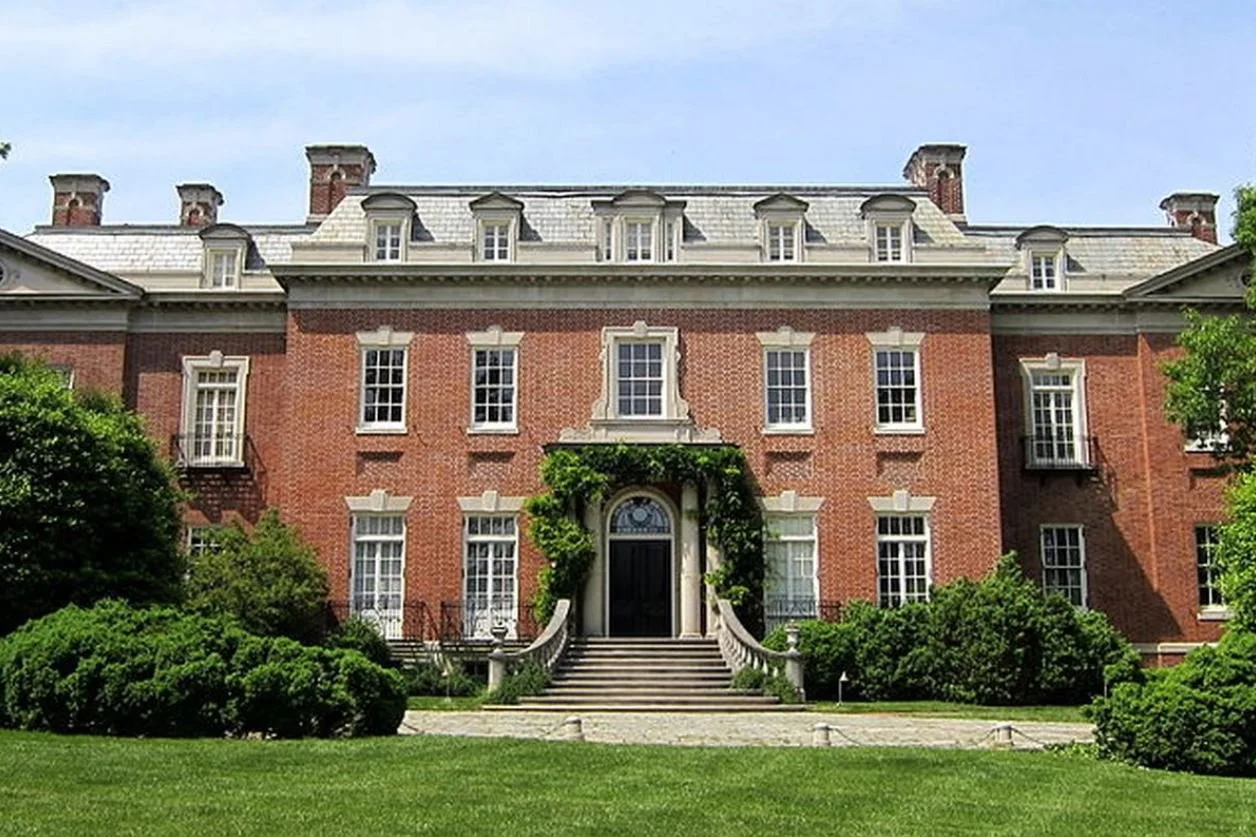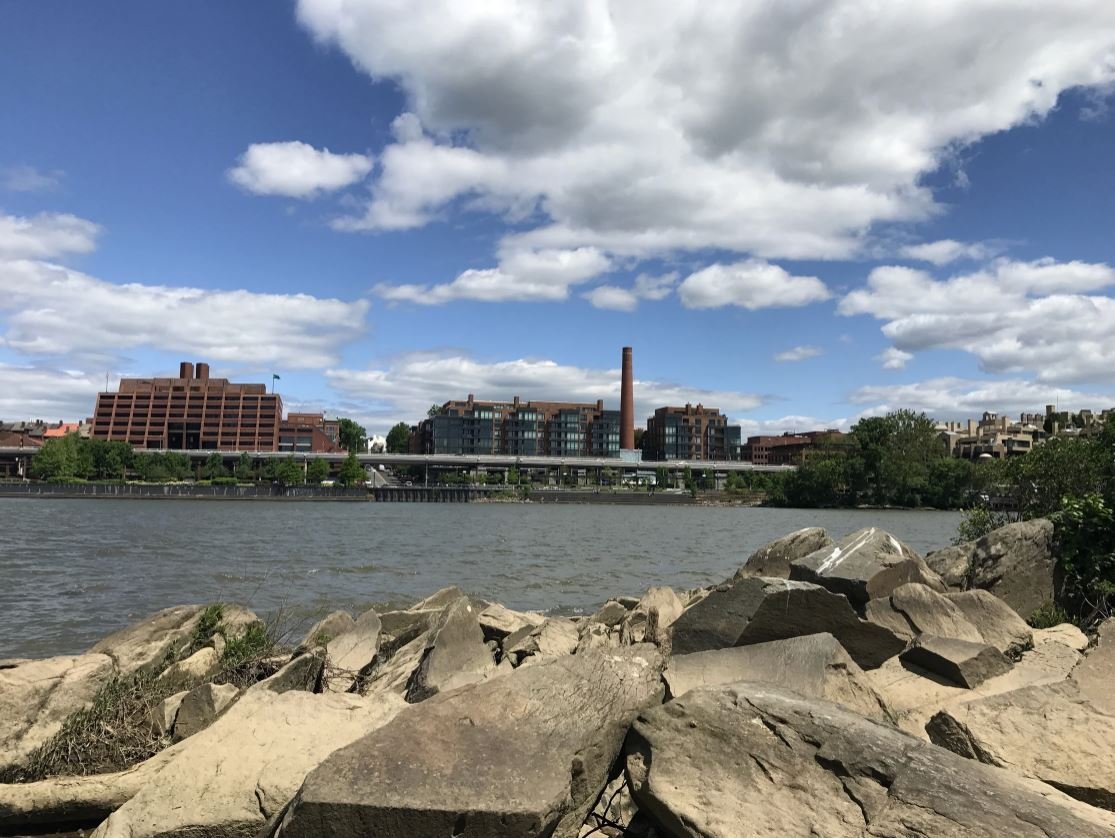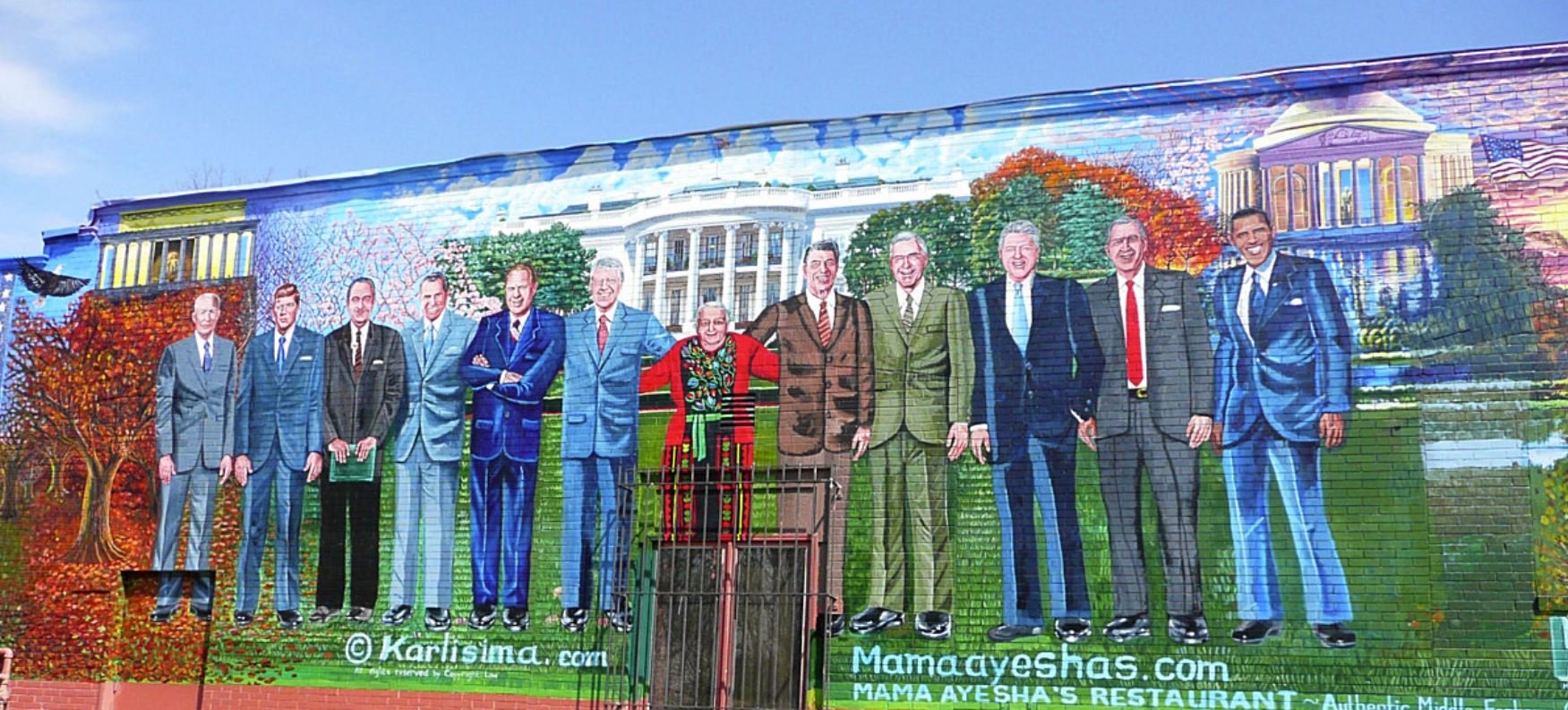Washington, D.C.
If you want to see cherry blossoms in bloom, Washington, D.C. is the best place to go (unless of course you can make it to Japan). However, D.C. is so much more than cherry blossoms! Most of us probably took a field trip here as a kid at some point, but D.C. as an adult is a completely different experience. As a local, I hope to give you some inside tips on the best things to see and do in the District!
Tourist Spots
Let's start with the basic tourist spots we all know about, then we'll get to the spots you may not know about.
1. Monuments/Memorials and Government Buildings
Monuments/Memorials
Obviously the first things almost everyone will think of when they think of Washington, D.C. are the monuments/memorials and government buildings. D.C. definitely has plenty of those and they are worth a visit. The best way to start would be to tackle the monuments first (or on their own day) and then the government buildings. They are all located in the same general area, so walking is your best bet. However, there is a route on the Circulator Bus that will take you to each if walking is not possible for you. You can see the map for the Circulator routes here (the red route is the "National Mall" route which will take you to where you need to be).
If you're going to see all of the monuments/memorials in one day, my suggestion would be to start at the Thomas Jefferson Memorial. From there you will get to see the views of the Tidal Basin with the Washington Monument in the background. Also, if you're in D.C. when the cherry blossoms are in bloom, you'll see all of the beautiful pink flowers on the perimeter of the Tidal Basin. After you've taken in the Thomas Jefferson Memorial, start walking west around the Tidal Basin. You will cross a bridge and then be back along the water. About halfway around the Tidal Basin, the Franklin Delano Roosevelt Memorial will be on your left. This is one of my favorite memorials because it includes a sculpture of his dog AND there is a statue of Elenaor Roosevelt in the area as well.
Next, continue along the Tidal Basin and you will get to the Martin Luther King, Jr. Memorial. Before taking in all that this giant statute has to offer, you can get some great views of the Tidal Basin with the Thomas Jefferson Memorial on the right and the Washington Monument on the left. Again, if you're in D.C. when the cherry blossoms are in bloom, this is one of the best spots for pictures since you get so much in one shot! After you've admired the MLK statute and the surrounding area, cross the street at the traffic light at the entrance to the Memorial and start walking west along Independence Ave. About 0.2 miles later on the right you will see a walkway, turn right and walk to the Korean War Veterans Memorial. Here you will see a unique memorial composed of statues of soldiers appearing to walk through the grass.
Northwest of the Korean War Veterans Memorial you will find the Lincoln Memorial. This is one of D.C.'s most famous memorials and offers so much to see. Along the top of the Memorial you will see the names of the 36 states in the Union at the time of Lincoln's death and the dates in which they entered the Union. You can walk along the Memorial's perimeter to the rear and sit on the ledge and admire the views of the Potomac River and Arlington Cemetery across the Memorial Bridge. Inside, you can see the giant seated statue of Abraham Lincoln and read the inscriptions of Lincoln's second inaugural address and his Gettysburg Address along the walls on either side. If you walk to the entrance, staring out at the Reflecting Pool, you can stand in the exact spot Martin Luther King, Jr. gave his famous "I Have a Dream" speech so many years ago. At the base of the stairs, at the edge of the Reflecting Pool, you can get some great pictures of the Washington Monument in the distance reflecting off the water.
Once you've gotten your great Reflecting Pool pictures, start walking northeast through the Constitution Gardens and you will come to the Vietnam Veterans Memorial. Here you will find two 246 feet walls engraved with the names of every veteran "declared dead" in the Vietnam War. As of May 2017 there were 58,318 names, which includes eight women. Continue walking through the Constitution Gardens and you will come out to the other end of the Reflecting Pool and the World War II Memorial. Here, you will find 56 pillars with the names of the 48 mainland States, Washington, D.C., the Alaskan Territory, the Territory of Hawaii, the Commonwealth of the Philippines, Puerto Rico, Guam, American Samoa, the U.S. Virgin Islands, "Atlantic," and, "Pacific." There is also a pool in the center of the pillars and on the backside (facing the Reflecting Pool), there is the "Freedom Wall" with 4,048 gold stars remembering those Americans who died in the War.
Lastly, you will cross the street (17th Street) and end at the Washington Monument. The Washington Monument is a 555 feet tall obelisk in remembrance of George Washington. Surrounding the monument are 50 U.S. flags. There is an option to take an elevator to the top of the Monument to take in the views of the entire District. You can request tickets ahead of time from the National Park Service, but you will be charged $1.50 for the processing. Free admission tickets can be obtained on the day you wish to visit by the Washington Monument Lodge, located along 15th Street, starting at 8:30 a.m. each day. Even if you decide not to go to the top of the Monument, it is still a great structure to see up close and a perfect end to your memorial tour.
***NOTE: The inside of the monument will be closed until Spring 2019 as "The National Park Service is modernizing the elevator to increase long term reliability and safety."
Government Buildings
The three main buildings to see when in the District are the White House, the Eisenhower Executive Office Building, and the United States Capitol. Similar to the memorials/monuments, you can easily walk to see these three buildings. There is a bit of a distance between the first two and the Capitol, so hopping on the Circulator or getting a taxi is an option. The White House is located north of the Washington Monument. You can view the front of the house on Pennsylvania Ave (1600 to be exact) and you can view the rear of the house and the South Lawn by walking down either 17th St. or 15th St. and taking the walkway to the rear gates. While at one point you could drive in front and back, now all viewing must be by foot. If you want to visit the inside of the White House on an official tour, you have to contact your state representative and request tickets. You can find your state representative's info online and there should be an easy "Contact" page where you can make the request. Once the representative reaches out to you, you will be required to provide personal information such as name, address, birthday, and social security number. You will then be given dates to choose from, so request early as the dates available may not be the dates you're visiting if you wait too long. To the right of the White House (if you're standing in the front) is the Eisenhower Executive Office Building. This is one of my favorite buildings in D.C. because of its French style architecture. It houses the Executive Offices of President and the Executive Offices of the Vice President.
If you walk to the Capitol, you can do this by heading south from the White House towards the Washington Monument and turning left (east) at the National Mall. The National Mall is an official park which extends from the Lincoln Memorial to the Capitol. When walking from the White House to the Capitol you pass several museums and art galleries. Before actually getting to the Capitol, you will end at the Capitol Reflecting Pool. Once at the Capitol, you can enter and go to the Visitors Center for free. If you'd like to take an official tour, you need passes. Passes can be requested ahead of time or you can get same-day passes if available. For more information, click here. Note that in order to visit the Senate and House galleries, separate passes are required. After visiting the Capitol, you can walk along East Capitol Street or through the Capitol's tunnel to the Library of Congress. The Library of Congress consists of three buildings which house more than 164 million books, manuscripts, sound recordings, pieces of sheet music, maps and photographs. The Library of Congress is known as the "largest library in the world." The Library is free and open to the public from 8:30 a.m. to 4:30 p.m. Monday through Saturday.
2. Museums
Along the National Mall you will find a plethora of museums to visit. Most of these museums are free and offer so much to do and see, especially when the weather isn't great (hello air conditioning in hot D.C. summers!). You can find a full list of museums in D.C. here, but my personal favorites are as follows: National Air & Space Museum, National Museum of Natural History, U.S. Botanic Gardens, Smithsonian Institution Information Center in the Castle, and the Newseum. I have yet to visit the National Museum of African American History and Culture because tickets are hard to get (requests are weeks/months in advance), but I've heard great things about it from friends that have visited.
National Air & Space Museum
Smithsonian Institution Castle
3. Houses of Worship
Washington, D.C. is home to some truly beautiful houses of worship. Even if you are not a religious person, the architecture and artistic detail in these buildings is a sight to see. I would recommend the following places:
Basilica of the National Shrine of the Immaculate Conception - 400 Michigan Ave NE
Washington National Cathedral - 3101 Wisconsin Ave NW
St. Nicholas Orthodox Cathedral - 3500 Massachusetts Ave NW
Adas Israel Synagogue - 2850 Quebec St NW
4. John F. Kennedy Center for the Performing Arts ("The Kennedy Center")
If you have the opportunity to see a performance at The Kennedy Center when visiting D.C., I would highly recommend it! The Kennedy Center is a performing arts center consisting of three main theaters: the Concert Hall, the Opera House, and the Eisenhower Theater. There are several other performing areas including the Family Theater, the Terrace Theater, and the KC Jazz Club. You can find the calendar of events and information on purchasing tickets to a performance here.
An additional option when visiting The Kennedy Center is the roof terrace. The roof terrace is an open-air space open to the public, free of charge from 10:00 a.m. until midnight each day. The terrace offers views of the Rosslyn skyline in Arlington, Virginia, the Potomac River, Reagan National Airport, the Georgetown Waterfront, the Watergate Complex, and the Lincoln Memorial. There is also the Roof Terrace Restaurant if you'd like to take in dinner or drinks before a performance, or enjoy Sunday Brunch.
Local Spots
Now that we've got the "tourist spots" out of the way, here's a few of my favorite local spots.
1. Georgetown
While I'll admit that a lot of tourists do find their way to Georgetown for the shopping, there is so much more to Georgetown than the shopping on M Street.
Canal - The C & O Canal runs along Georgetown between M Street and K Street. The Canal runs 50 miles all the way to Cumberland, MD. It officially operated as a transportation canal from 1831 to 1924, but is now simply a beauty of nature to admire. Currently, the few sections closest to the end are under construction so there is no water there. However, farther west you can see some water and the expanse of the Canal. This part of Georgetown is very reminiscent of the canals in Amsterdam, which is perhaps why I love it so much!
Waterfront - The Georgetown Waterfront includes the Georgetown Waterfront Park with stunning views of the Potomac River, the Key Bridge, Roosevelt Island, and The Kennedy Center. There are also several restaurants that offer waterfront seating in the warmer months for a great dining option both during the day or at night. In the Summer you'll see a lot of fun boats dock right on the water as well.
Kayaking - If you walk to the end of Georgetown Waterfront Park under Key Bridge, you will find the Key Bridge Boathouse. Here you can rent kayaks or paddle boards by the hour and traverse the Potomac River. Rentals are available from April through October. It is a really fun way to see D.C. from another angle and it is a great workout.
Dumbarton Oaks - Dumbarton Oaks is a historic estate in the heart of Georgetown comprised of the Dumbarton Oaks Research Library and Collection museum and the Dumbarton Oaks Park. It is a really pretty park worth a visit when in the area.
Neighborhood Walks - Georgetown is known for its row homes in all different colors. The neighborhoods of Georgetown are very similar to parts of Europe, especially London. You could spend hours just walking around the neighborhoods looking at all of the different homes with their unique colors, flowers, and holiday decorations (depending on the time of year you visit). It is also a great way to get your steps in and burn some calories!
Exorcist Steps - If you've seen The Exorcist film, then you're familiar with the "Exorcist Steps." These steps, from which the character of Father Damian Karras fell to his death, are located in Georgetown around the corner from the house from the film. You can find the steps at the corner of Prospect St NW and 36th St. The steps are quite steep, so make sure you take your time when climbing up and descending down!
Martin's Tavern - Martin's Tavern is a restaurant in Georgetown at the corner of N Street and Wisconsin Ave. The restaurant is the oldest family-owned restaurant in Georgetown dating back to 1933. It was a very popular dining destination for many important political figures over the years from U.S. Presidents, to Congressman, to Supreme Court Judges. The most famous story of Martin's Tavern is that this is where John F. Kennedy proposed to Jackie Kennedy. You can even sit at the booth where the proposal happened and be a part of history!
Blues Alley Jazz - Blues Alley Jazz is the oldest continuing jazz supper club in the United States. They specialize in authentic Creole cuisine, steak and seafood dishes. It is open daily and you can listen to authentic jazz while you dine. The club is located in an alley off Wisconsin Ave past M Street.
2. Theodore Roosevelt Island
It took me a few years of living in D.C. to venture over to Theodore Roosevelt Island, but once I did I realized what I'd been missing out on! The island is part of the National Park Service and is directly across from the Georgetown Waterfront. There are several trails, a marsh, a "beach" along the water across from Georgetown, and a memorial plaza featuring a statue of Roosevelt. It is a fun day activity when you want to get away from the hustle and bustle of the city and be one with nature. There are plenty of benches along the wood planked path, so you can sit and enjoy your surroundings. There is also plenty of seating at the Roosevelt memorial plaza, so you can pack a lunch and make a whole day of it. Definitely worth seeing when visiting the District!
3. D.C. Murals
There are so many awesome murals throughout the District. You could spend a whole day just walking around the city in search of art on buildings. While some are very easy to spot, there are a few that you wouldn't even notice if you didn't know exactly where to look. These are my favorites:
Just Paper & Tea - 3232 P Street NW
Watermelon Wall - 1112 Q Street NW
Tin-Can Telephone - 3609 13th Street NW
The Mama Ayesha's Restaurant Presidential Mural - 1967 Calvert Street NW
The Torch at Ben's Chili - 1213 U Street NW
Heart Wall at Union Market - 309 5th Street NE
4. Union Market - Union Market is a relatively new spot in the District having officially opened in 2012. Union Market is a giant space filled with food stalls, dessert stalls, restaurants, and kitchenware boutiques. There are over 45 vendors all of which are locally-owned businesses. There is also an outdoor seating area with picnic tables, so you can grab some food and enjoy the weather outside.
5. The Wharf - Even newer than Union Market is The Wharf. The Wharf was officially opened in October 2017, so most D.C. residents are still getting to know the area. The Wharf is a new waterfront area filled with restaurants, shops, a concert venue, and docks for boats. It is a really beautiful part of the District and the views of the boats lined up along the docks are really nice. You can easily get there via the Metro as well, so no need to worry about parking or an expensive taxi ride. The Wharf is very close to Nationals Park, so if you happen to attend a baseball game while you're visiting, this is a great location for pre or post game dining.
6. Happy Hour & Brunch - If there is something all D.C. locals can agree on it is that we all love Happy Hour and Brunch. I've lived in quite a few places in the U.S. and D.C. is by far the best Happy Hour and Brunch town. There are SO MANY options for both. Because the city is filled with so many young professionals, grabbing a drink or two after work is the norm here. You can basically walk into any restaurant or bar in the city and there will be a happy hour menu. Likewise, on Saturday and Sundays, there are a ton of options for brunch. In fact, most restaurants don't even have a regular menu on Saturday and Sunday mornings because they push brunch so hard. And when the District does brunch, it does it the right way - - unlimited food and drinks! That's right, as much food and mimosas you can handle in a few hours. You'll see this at most establishments and it's a great way to spend your Saturday morning/early afternoon.
Bon Voyage!













